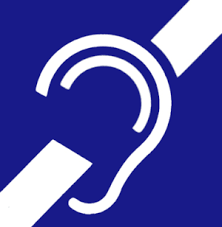Older adults can save tens of thousands of dollars annually by choosing assisted living communities over aging in place in their homes.
Unlike point solutions, Inspiren unifies resident safety, care planning, staffing, and emergency response into a single AI-powered platform.
An artificial intelligence-powered virtual assistant platform for senior living and care providers.

 The Early Stage Of Dementia. In the early stages, families will worry. A family member may say or forget things that make them wonder if it’s dementia or just a normal part of aging. They should consider persuading their loved one to get an evaluation from a professional. If their loved one is hesitant, a
The Early Stage Of Dementia. In the early stages, families will worry. A family member may say or forget things that make them wonder if it’s dementia or just a normal part of aging. They should consider persuading their loved one to get an evaluation from a professional. If their loved one is hesitant, a  Today or soon you will launch a boomer/senior, home health tech product or service, or maybe a caregiver advisory service. As your company gets ready to travel into battle or a booth with the sound of
Today or soon you will launch a boomer/senior, home health tech product or service, or maybe a caregiver advisory service. As your company gets ready to travel into battle or a booth with the sound of In 2020, focus sharpens on technology market categories of aging and caregiving. AARP
In 2020, focus sharpens on technology market categories of aging and caregiving. AARP  The hearing loss statistics are daunting. The number is sizable –
The hearing loss statistics are daunting. The number is sizable –